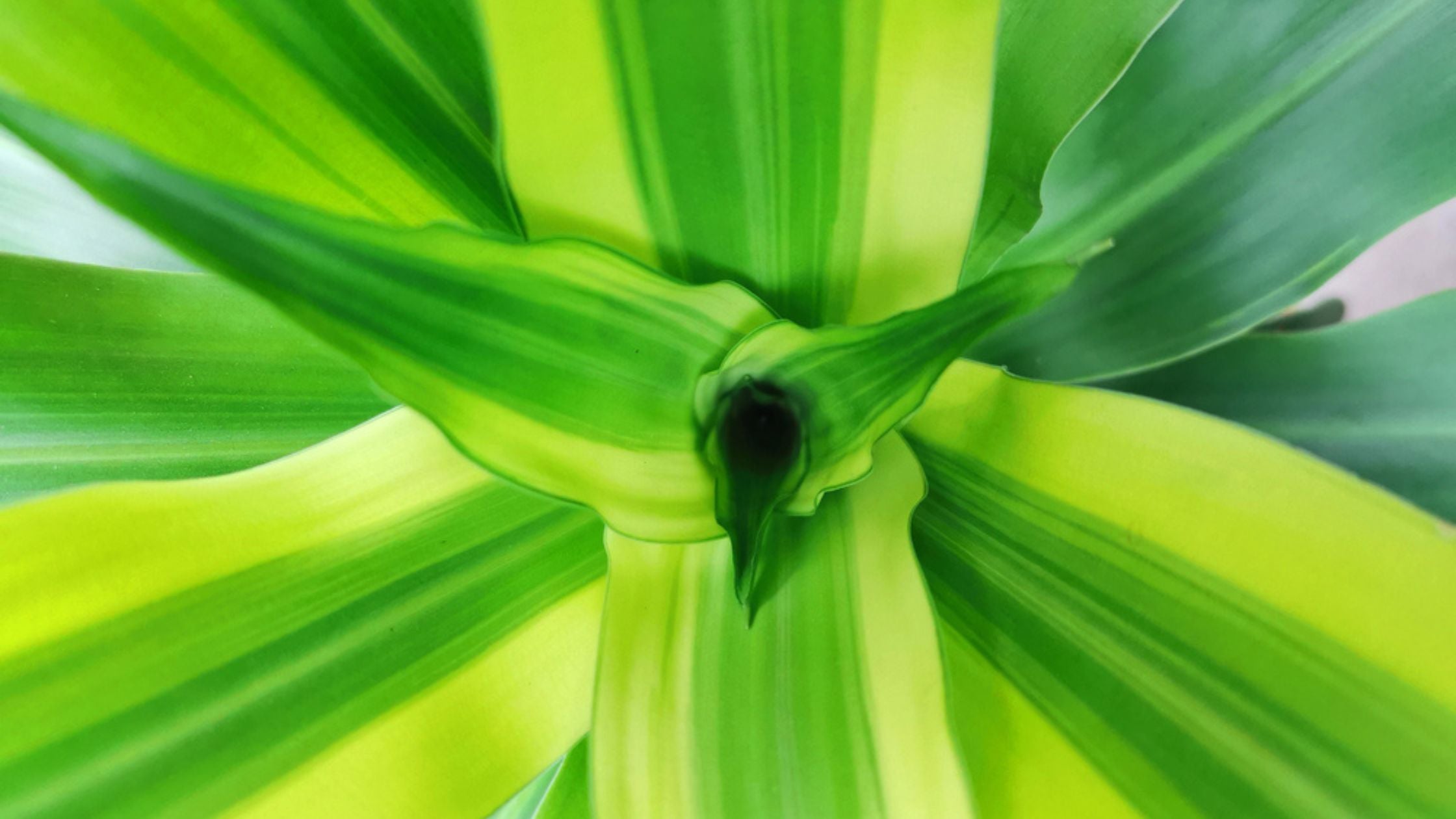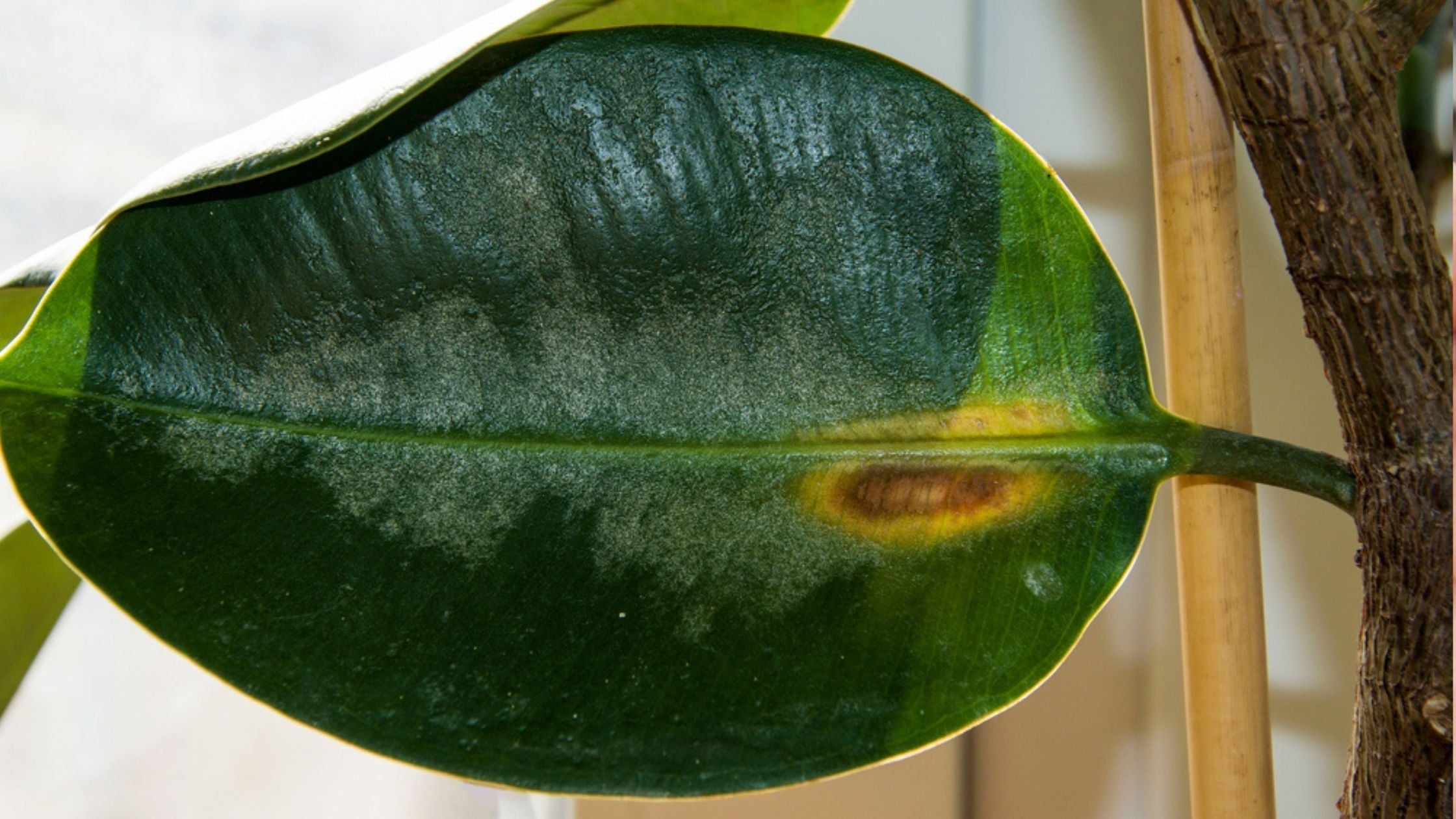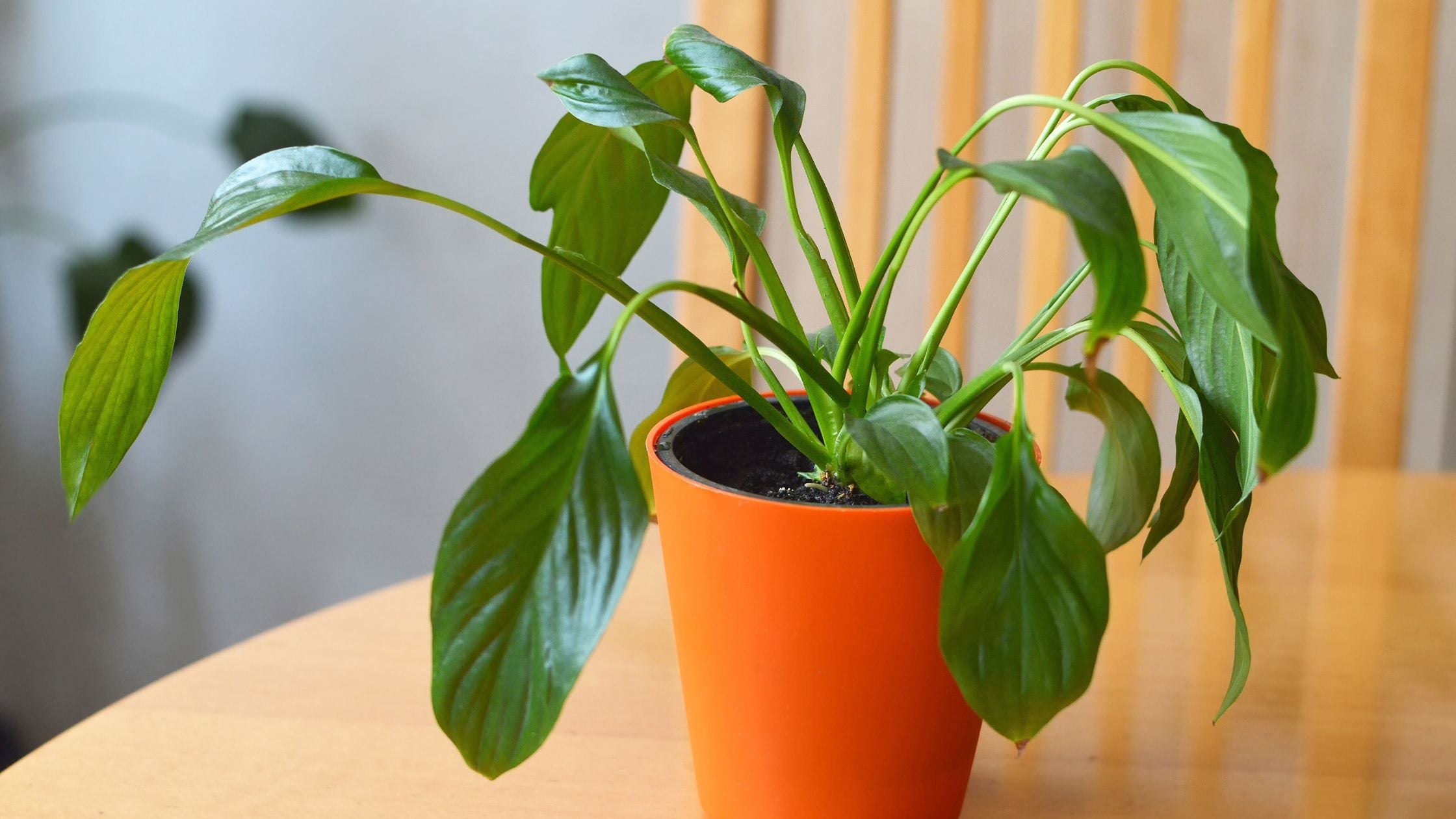
Mass Cane Plant Care
The Mass Cane Plant (Dracaena fragrans "Massangeana" also known as the Mass Cane floor plant) is an air-purifying tropical houseplant. They're grown for their gorgeous long leaves that emerge in a dense cluster and droop gently to the floor. Mass cane plant care is so easy that it is a great beginner plant.
The Mass Cane is a variety of the species Dracaena fragrans. The original Dracaena has deep green leaves, but the "Massangeana" variety has yellow bands through the center.
If you're patient, the slow-growing Mass Cane will develop a thick woody stem in maturity, adding attractive height to the plant. When grown indoors, they can reach up to 10 meters tall.
Dracaena fragrans originate from Ethiopia, Guinea, and Nigeria and belong to the Agavaceae family of plants. You won't find the yellow-striped Massangeana variety in the wild, however. This cultivated variant was created for the horticultural market.
The broad, strappy leaves of the Mass Cane collect house dust very easily. Clogged leaves prevent oxygen and carbon dioxide from moving in and out, so it's important to wipe them down often with a wet sponge. An excellent way to keep leaves dust-free is to use Southside Plant's houseplant wipes.
Temperature, position, and lighting
Your Mass Cane will need temperatures between 60 – 75 degrees Fahrenheit. It can survive a temperature minimum of 50 degrees Fahrenheit but only for very short periods. Only plant it outdoors if you live in USDA climate zones 10B to 11.
The Mass Cane variety needs a brighter position than the Dracaena fragrans because the yellow center in the leaves cannot photosynthesize. That said, this plant doesn't need vast amounts of light. Too much direct sunlight will scorch the leaves, leading to brown patches. Give your Mass Cane a west or east-facing window that receives bright filtered light.
Watering
The soil should always be slightly moist, but your Dracaena will hate being over-watered—only water when the top two inches of soil feel dry. You can check soil moisture levels by poking your finger in. Make sure the soil never gets soggy or waterlogged. A well-draining potting mix will help achieve the right balance.
Water by running the soil under a tap until the water is running through the drainage holes. Make sure you get the leaves wet too as these plants thrive on humidity.
How often you water will depend on the temperature and sunlight your plant is getting. Always cut back on watering during wintertime when your plant stops actively growing. Lower temperatures and light will mean less moisture evaporates from the soil and leaves.
Humidity
Your Mass Cane needs some humidity to grow at its best. Between 40 and 50 percent is fine. Spraying the leaves with water every couple of days should keep it happy. A more permanent way to increase humidity levels around your plant is to place its pot on a tray of pebbles with water halfway up the depth of the pebbles.
Ensure the bottom of the pot doesn't touch the water, as this will make the soil too soggy. The idea behind the pebble tray is that the pebbles give a larger surface area for water to evaporate off of. Placing other plants in close proximity is another easy way to increase humidity in their immediate surroundings.
Potting mix
The potting mix for your Mass Cane should be well-draining, rich in nutritious organic matter, and slightly acidic. To achieve this balance, blend one part of regular houseplant potting soil, 1 part of coarse horticultural sand, and 1 part of sphagnum moss. The sand keeps the soil porous so that water will run right through instead of accumulating and risking root rot.
The sphagnum moss will add a slightly acidic touch to your potting mix, which your Dracaena will love. Ideally, it requires soil that is 6 to 6.5 pH. You can check the pH of your soil using a purpose-built soil tester device. These are relatively cheap, with the Kensizer 3-in-1 going for less than twenty dollars on Amazon.
Fertilizer
The Mass Cane is a slow grower, so it doesn't need much fertilizer. To keep the leaves brightly colored, you must feed your plant during the growing season between spring and summer.
Use a balanced houseplant fertilizer diluted to half strength of the manufacturer's instructions every two weeks between spring and fall. A balanced fertilizer contains nitrogen, phosphorus, and potassium in equal proportions.
Don't fertilize your new Mass Cane for a month after bringing it home to let it adjust to the shock of new surroundings.
You should provide an acidic potting mix for your plant to absorb maximum nutrients. You can achieve this by mixing sphagnum moss into the soil.
Repotting
The slow-growing Mass Cane won't need repotting every season. Every two or three years will do. Choose a new pot that is 2-3 inches wider in diameter than the old one.
Propagation
You can propagate mass cane from stem cuttings. Cut 3-inch sections of healthy stem in late spring or early summer using a clean, sharp blade. Stick them in a tray of perlite or peat moss slightly moistened. Place in a bright position and always keep the perlite or peat moss slightly damp.
Learn more
Ficus yellow gem care guide
Ficus elastica ruby care guide
Rubber plant varieties & care guide
Glacier pothos care guide



Leave a comment
This site is protected by hCaptcha and the hCaptcha Privacy Policy and Terms of Service apply.